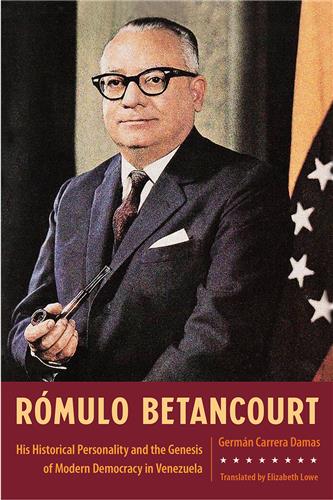Panama Canal Townsites
Panama Canal Museum
Foreword by Judith Russell, Geroge A. Smathers LibrariesPaper: $26.95
When the United States took on the building of the Panama Canal in 1904, workers were faced with extremely difficult living conditions. The tropical diseases such as malaria and yellow fever plagued them just as they had the earlier French effort. The housing stock left behind by the French was dilapidated and inadequate.
About a hundred sets of beautifully drafted architectural plans left by the French came in handy for locating drains, etc., as the Americans made repairs to existing buildings. Some workers found insect ridden rooms in adjacent towns while others lived in tents or thatched huts near construction sites. Not wanting to endanger the lives of their families, most men left their wives and children behind.
What started out as a cesspool of disease and loneliness eventually emerged as a little piece of paradise for its Canal Zone residents. This book tells some of the stories of the various townsites scattered along the fifty miles of the Panama Canal Zone between the Atlantic and the Pacific Oceans. It also shares the fond memories of a few of its residents whose hometowns have changed since the Panama Canal was turned over to Panama on December 31, 1999, and the Canal Zone as they knew it was no more.
No Sample Chapter Available
There are currently no reviews available












